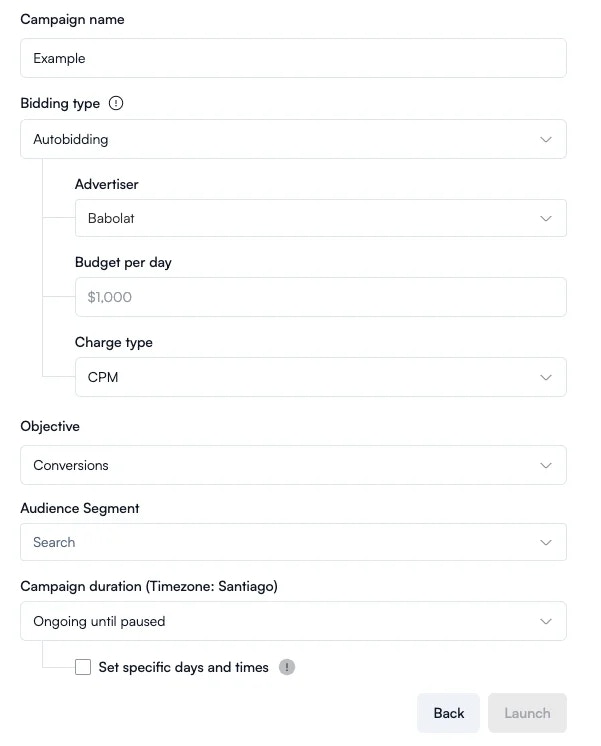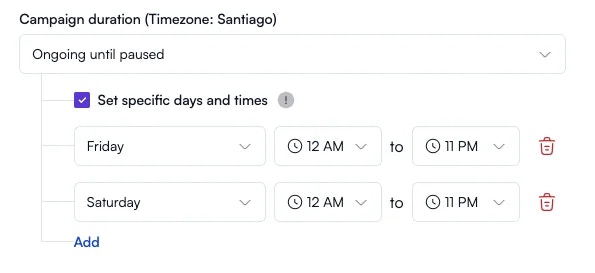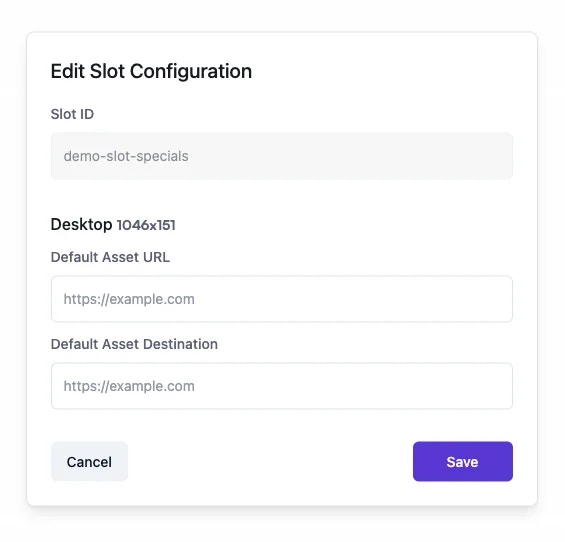October 6, 2024Ad PlatformImprovement
New banner configurations
Advertisers now have additional options in the Sponsored Banners campaign creation flow, allowing them to choose their preferred charge type and optimization model. Advertisers can select between CPM (Cost per Mille) and CPC (Cost per Click) for the charge type and choose optimization models based on Impressions, Clicks, or Conversions.Key Benefits
- Cost Effective: Enables advertisers to align campaign costs with their goals, whether for brand awareness (CPM) or user engagement (CPC).
- Optimization: Allows for performance comparisons between different campaign configurations to find the best setup for desired outcomes.
How It Works
In the final step of the campaign creation flow, advertisers can select their preferred charge type and objective, applicable to both autobidding and manual bidding.
Charge Type:
- CPC: Pay only when users click on ads, ideal for lead generation and conversion-focused campaigns.
- CPM: Pay per thousand impressions, suitable for campaigns aiming to maximize brand visibility.
Objective:
- Impressions: Focus on reaching a broader audience by prioritizing ad exposure.
- Clicks: Targets ads to users more likely to interact, enhancing engagement.
- Conversions: Uses a conservative approach, increasing bids when conversion likelihood is high.
Campaign Scheduler
The Campaign Scheduler allows advertisers to precisely control when their ads are displayed, ensuring that ad budgets are utilized during the most effective times for conversions.Key Benefits
- Customization: Create tailored ad schedules, enabling ads to display or adjust bids during specific days and times.
- Optimization: Helps maximize the efficiency of ad spend by targeting high-conversion periods.
How It Works
In the campaign setup process, advertisers can select not only the start and end dates but also specific days of the week and times for ad display.
Banner fallbacks
To prevent displaying empty banners when no active campaigns are available, the Banner Fallback feature allows marketplaces to set a default ad to be shown in these situations. This ensures continuous ad display and can be used for internal promotions.Key Benefits
- Internal Marketing: Retailers can use fallback banners for promoting internal campaigns or first-party (1P) products.
- Reporting: Enables comparison between the performance of fallback ads and active campaigns, including metrics like impressions, clicks, and CTR.
How It Works
For each banner slot dimension, marketplaces can configure a default creative with an external asset and destination URL.